
Fishing for peacock bass in the Amazon
PEACOCK BASS fishing in the Amazon

The Rio Negro...
Our trip began in earnest in Barcelos, a small town an hour's flight northwest of Manaus. Here flows the Rio Negro, one of the tributaries of the Amazon River. This peaty river is undoubtedly the world's hot spot for Tucunaré Açu, the famous peacock bass. We had favored this area knowing that we were reducing our chances of multi-species, but also increasing the probability of catching a big fish.
.
Arrived on site, we took up quarters on the Kalua Pesca hotel boat. Inside, everything is spotless, nothing to say. It's clear that the organization is well honed. The rooms consist of two (bunk) beds, a small shower and a toilet. More than enough comfort for this kind of fishing trip.


On the lower level of the boat is a large common room for breakfast and dinner. Above, there's a cosy little Sea bass (caipirinha lovers will be delighted) and a fly to enjoy the magnificent scenery of the Rio Negro.

Let's talk fishing now! Bass fishing enthusiasts won't know where to turn. The playground is huge and dead trees are everywhere. The guide is an indispensable help, without which we'd have been lost after ten minutes ...
I can single out three spots in particular: The edge with dead trees, trunks, small coves. We hit a lot of fish in these spots, but often of modest sizes;

Sandbar drop-offs: Often fish weighing 2 to 3 kg are found here and congregate in groups. It's not uncommon to catch several fish in the same spot;
 The inland lakes are formed by the successive rise and fall of the waters of the Rio Negro. In fact, when the river level falls, certain lakes form in the middle of the forest, trapping the entire food chain. Access to these lakes is often complicated, but they sometimes offer a promising virgin playground. We mainly prospected the center of these lakes, which are home to few fish, but big ones ...
The inland lakes are formed by the successive rise and fall of the waters of the Rio Negro. In fact, when the river level falls, certain lakes form in the middle of the forest, trapping the entire food chain. Access to these lakes is often complicated, but they sometimes offer a promising virgin playground. We mainly prospected the center of these lakes, which are home to few fish, but big ones ...
The different species
In this second part, I offer an update on all the species we encountered during our trip to the Amazon. Of course, Peacock bass was our priority, but we were lucky enough to discover other fish that brightened up our stay.
Peacock bass are divided into three subspecies in the Rio Negro, at least where we fished. The best known is the Tucunaré Açu, the speckled peacock bass, with its three large vertical bars. It's clearly the biggest, the most powerful and the most coveted...
[caption id="attachment_1428" align="aligncenter" width="768"]Then there's the Borboleta or butterfly peacock. It is characterized by three circles on its flank. Although it doesn't grow very big, it's very combative for its size. This is my "coup de cœur" - this fish is simply splendid.
[caption id="attachment_1434" align="aligncenter" width="800"] Tucunaré Borboletta[/caption]
Tucunaré Borboletta[/caption]
Finally, the last representative of the family is the Popoca. Perhaps the least interesting of the three, but just as pretty with its spots a little less "tidy" than its cousins.
[caption id="attachment_1435" align="aligncenter" width="768"]In bulk, here are the other species we were lucky enough to catch: Surubi, a very pretty black and white zebra catfish
[caption id="attachment_1430" align="aligncenter" width="800"] Surubi[/caption]
Surubi[/caption]
The Piranha, an emblematic fish of the Amazon but not as dangerous as it seems. Beware though, its teeth cut very, very, very well ...
[caption id="attachment_1431" align="aligncenter" width="768"] Piranha[/caption]
Piranha[/caption]
The Arowana, a long, slender silvery fish that makes superb jumps.
[caption id="attachment_1432" align="aligncenter" width="768"] Arowana[/caption]
Arowana[/caption]
The Jacunda, a small fish that looks a lot like our coquette Bretonne, impressive.
[caption id="attachment_1433" align="aligncenter" width="687"] Jacunda[/caption]
Jacunda[/caption]
The elongated bicuda. It is of little interest and damages the lures.
[caption id="attachment_1437" align="aligncenter" width="800"] Bicuda[/caption]
Bicuda[/caption]
The Traira, or wolf fish. This is a close cousin of the Aimara. It has impressive teeth!
[caption id="attachment_1436" align="aligncenter" width="800"] Traira[/caption]
Traira[/caption]
We were also lucky enough to come across some of the fauna present on the Rio Negro. Lots of birds, Jacarés (caimans), turtles and especially freshwater dolphins, the Botos. These very stealthy mammals kept us company, and we didn't manage to take any photos of them... They are very skilful and NEVER let a peacock pass when they see one, especially during our release. We were sometimes obliged to put the fish in the livewell until we could release them in the dead trees so that they had a chance to get away.
The equipment: rod/reel sets
I'd now like to give you a brief overview of the equipment we used during our stay in the Amazon. Before we left, there were a lot of questions on this subject... Fear of running out, of having gear that was too light or not adapted to our needs. In the end, of course, we realized that we had ten times too much.
The rod and reel sets we took along:
Light : - Spinning rod Rainshadow 783-3 (2m - 10/35g) - Tica Talisman 4000 reel - YGK super Jigman 8-strand braid PE2.5 45 lbs
Medium : - Casting rod NFC SJ 606 (1m83 - 15/40g) - Abu Garcia Revo Big Shooter reel - YGK super Jigman 8-strand braid PE2.5 45 lbs
Heavy : - Casting rod Rodbuilder's Republic Mama Buster (1m83 - 30/100g) - Daiwa Lexa 300HD reel - YGK super jigman 4-strand PE4 50 lbs braid
We came across a week where the small lures worked better than the big ones. So we used our spinning set most of the time. We were really blown away by the quality of this set when looking for Peacock.
 This is a three-section rod with a 70cm overall length. It is very light, weighing just 115 g when fitted. It has a fast action and is an excellent caster. The power reserve is more than reasonable for a rod in this category and we only had to fetch fish in the branches twice. Frankly, it's a revelation for us who thought it would be a "spare" rod.
As for the reel, the Talisman 4000 from Tica didn't disappoint. We wanted a reliable, powerful reel and it did the job perfectly. It's solid stuff!
This is a three-section rod with a 70cm overall length. It is very light, weighing just 115 g when fitted. It has a fast action and is an excellent caster. The power reserve is more than reasonable for a rod in this category and we only had to fetch fish in the branches twice. Frankly, it's a revelation for us who thought it would be a "spare" rod.
As for the reel, the Talisman 4000 from Tica didn't disappoint. We wanted a reliable, powerful reel and it did the job perfectly. It's solid stuff!

The other two Casting sets were less used. We're not experts in this technique and probably couldn't exploit the equipment to the full. Over two full days of use, however, there's nothing to say it's a top performer. Special mention must go to the Mama Buster from Rodbuilder's Republic, with its astonishing reserve of power. Certainly an excellent reference for Bigbait anglers.
The advice I can give: If you're more comfortable spinning because most of your fishing is done spinning, don't take casting gear. We've done very well that way, and contrary to what you might think at first glance, peacock fishing isn't just for the edges and the cover (where casting precision is important). Sometimes you need to cast far, even very far, and here spinning is a real advantage.

Equipment: lures for Peacock Bass
Before we left it was a bit of a blur. We watched videos, we read reports, but we didn't really know what to expect.
Here's a list of the most productive lures during our stay:
- The bucktail jig: We'd heard a lot about it, and its reputation is well deserved! It's clearly the most effective of all. It allows you to prospect quickly below the surface and often triggers fish that wouldn't go for surface lures. Animation couldn't be simpler. After casting, the retrieve starts right away with short, regular low-pole pulls. We used white and red/yellow. It was with this lure and this technique that we caught our biggest fish. On the other hand, bucktail jigs don't select and it's not uncommon to catch species other than the one you're looking for, and fish of all sizes... The price of glory?
- The biruta : This subsurface lure is used in the same way as the bucktail jig. However, it is more solid as it is a hard lure and has noisy beads. White, ivory and fire tiger seem to be the best colors. The two sizes to use are 90 and 110.
.
- The prop lure: We'd dreamed of the moment when a huge peacock would explode on the surface on a big prop lure... The story didn't quite work out that way... In fact, the large Highroller or woodchopper stayed in the boxes most of the time. We did catch some fish with them, but the smaller lures seemed more effective. And it was a lure we weren't betting a peanut on that stood out from the crowd - and more than that! The Tucuna prop from Deconto. This 13 cm lure was the revelation of the trip. I had a fire tiger and Hugues had a yellow-headed white, so it was impossible to tell them apart. As it happens, the prop lure selects more than the two previous lures.




Those are the three essential lures. We used other lures of course but the most effective were the ones I just mentioned.
The other lures:
- Dr spock: this is a stickbait strangely similar to the super spook but much noisier. It's effective and very practical when you need to prospect large areas as it launches very far. The white color worked well.
- Curisco: In the same family as the biruta but with a different sound.
- Swimmer fish: We didn't get many results with this lure. The biggest fish of the trip was caught with this technique by an American on another boat.
- Soft lure: We didn't really try it, the guide wasn't hot at all. The lures don't go two minutes without being shredded....

I hope you've enjoyed this report. If you'd like more info, feel free to ask your questions in the comments.


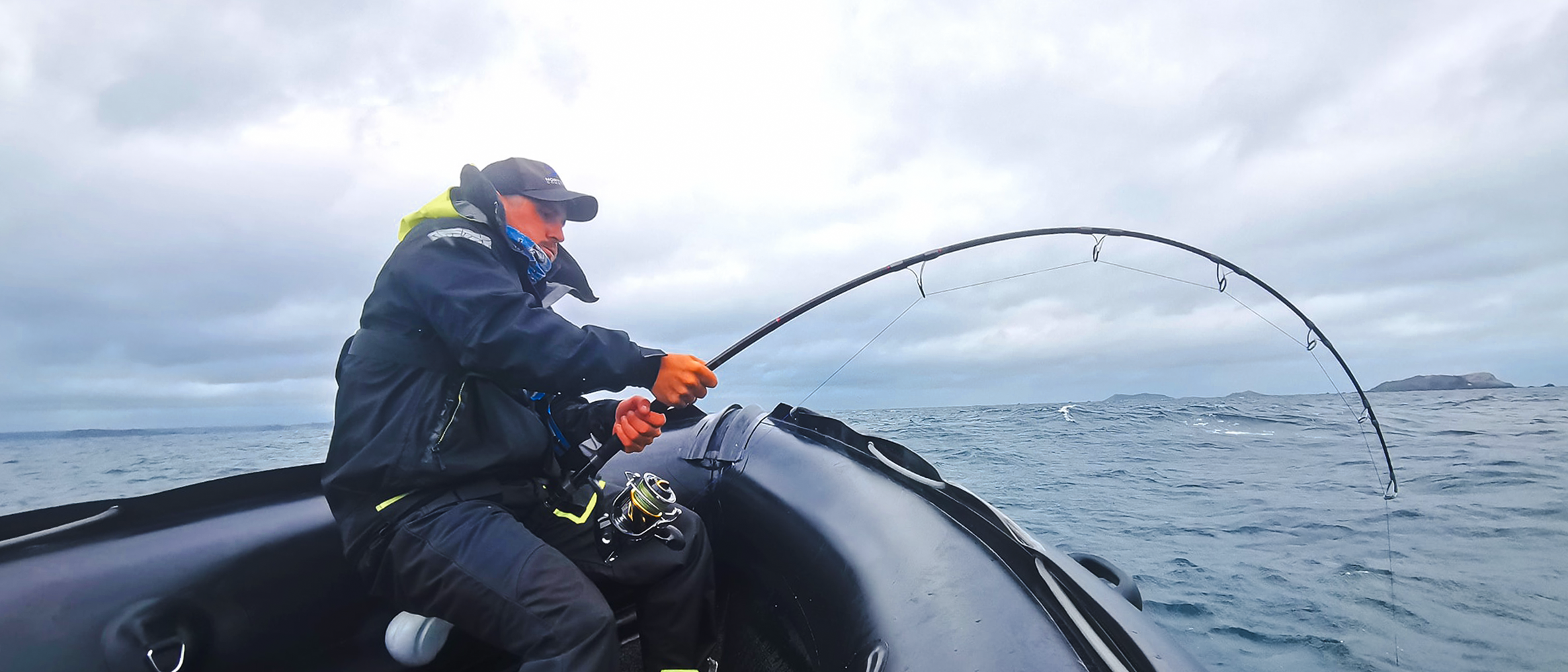
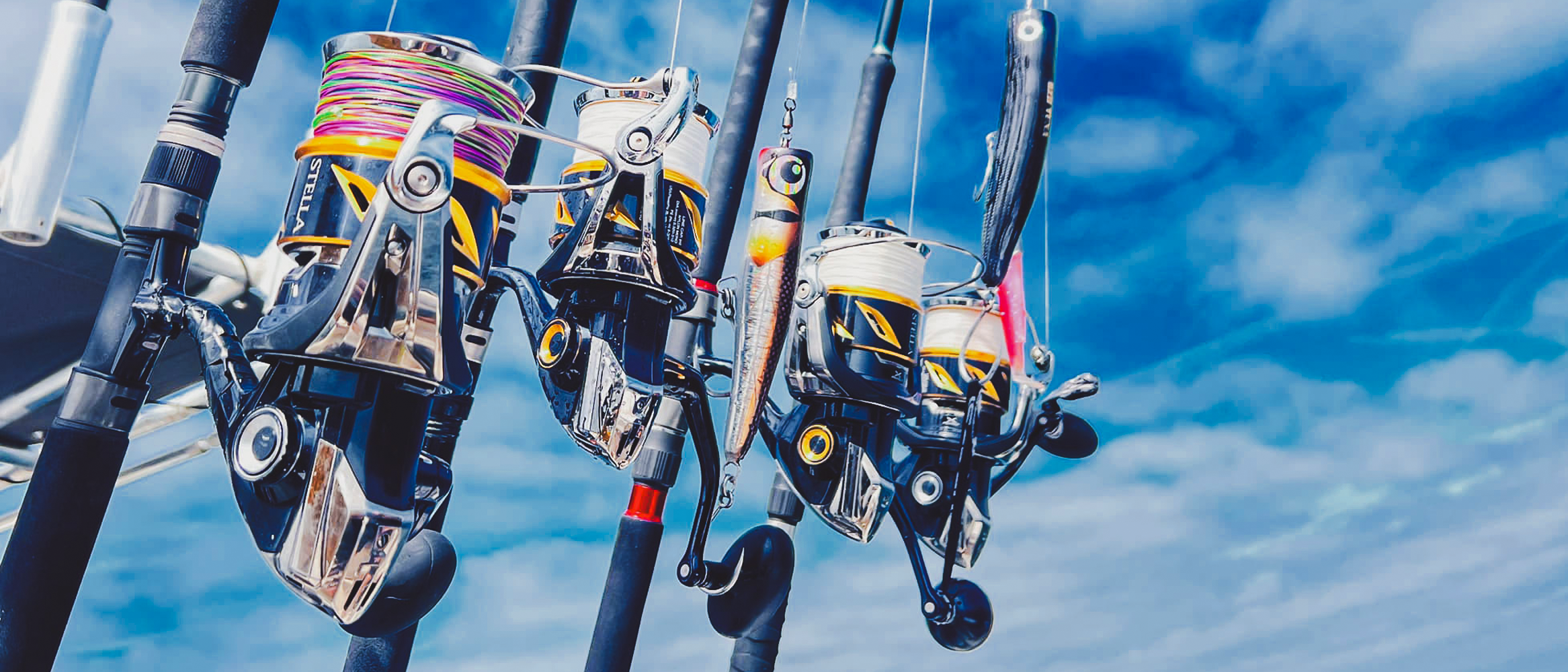
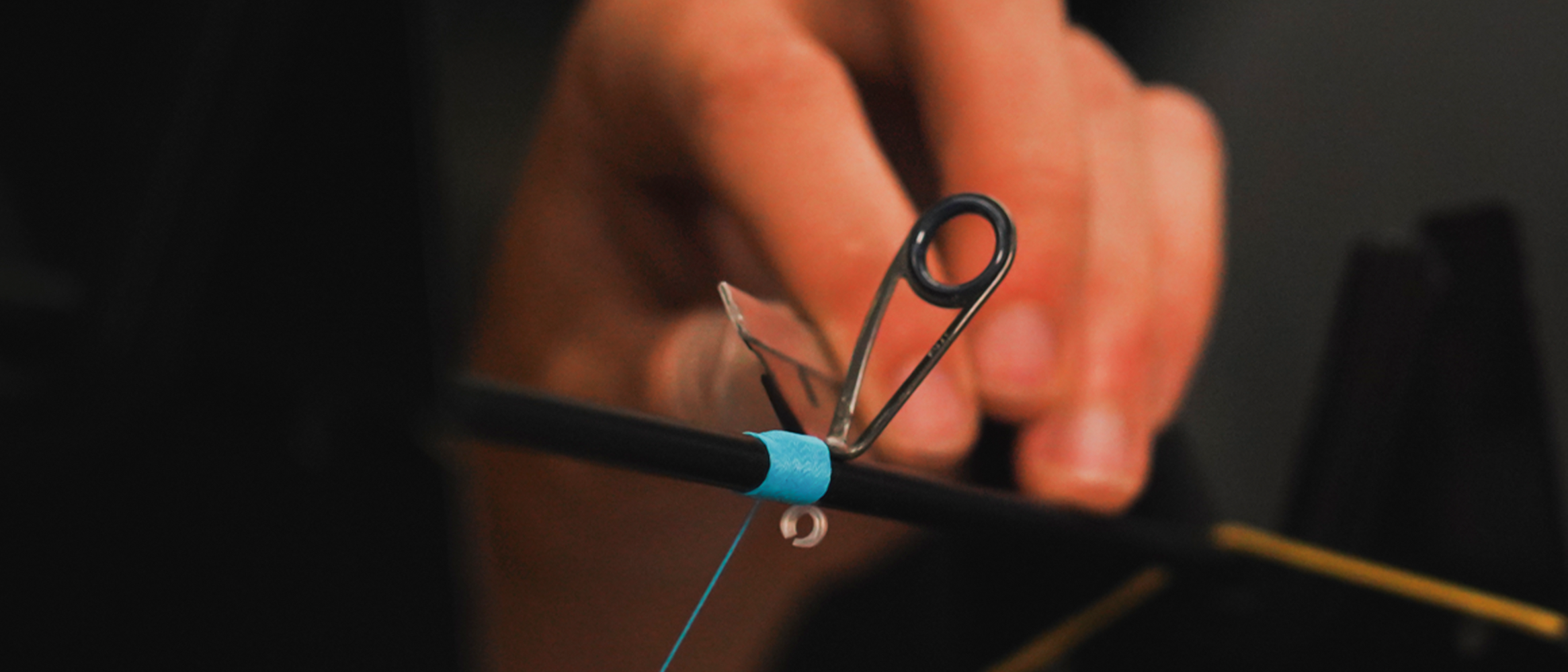
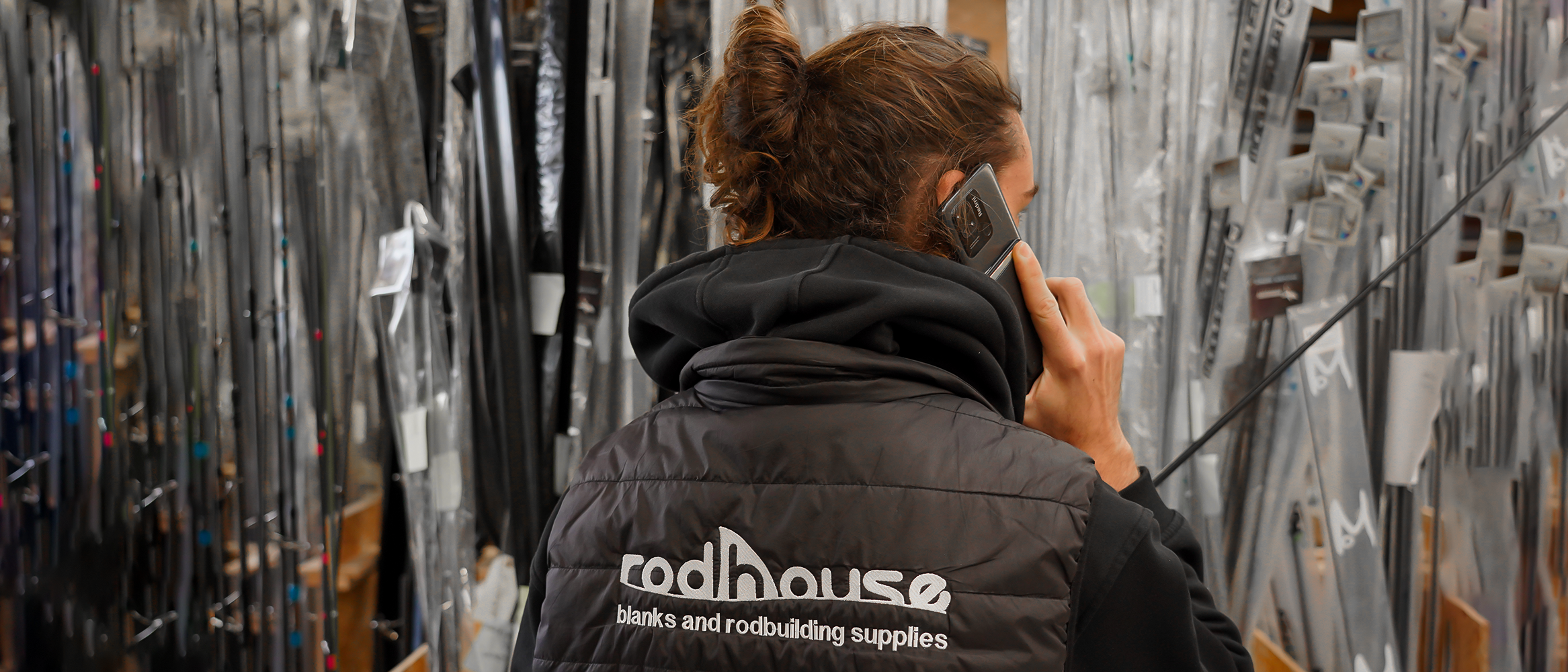
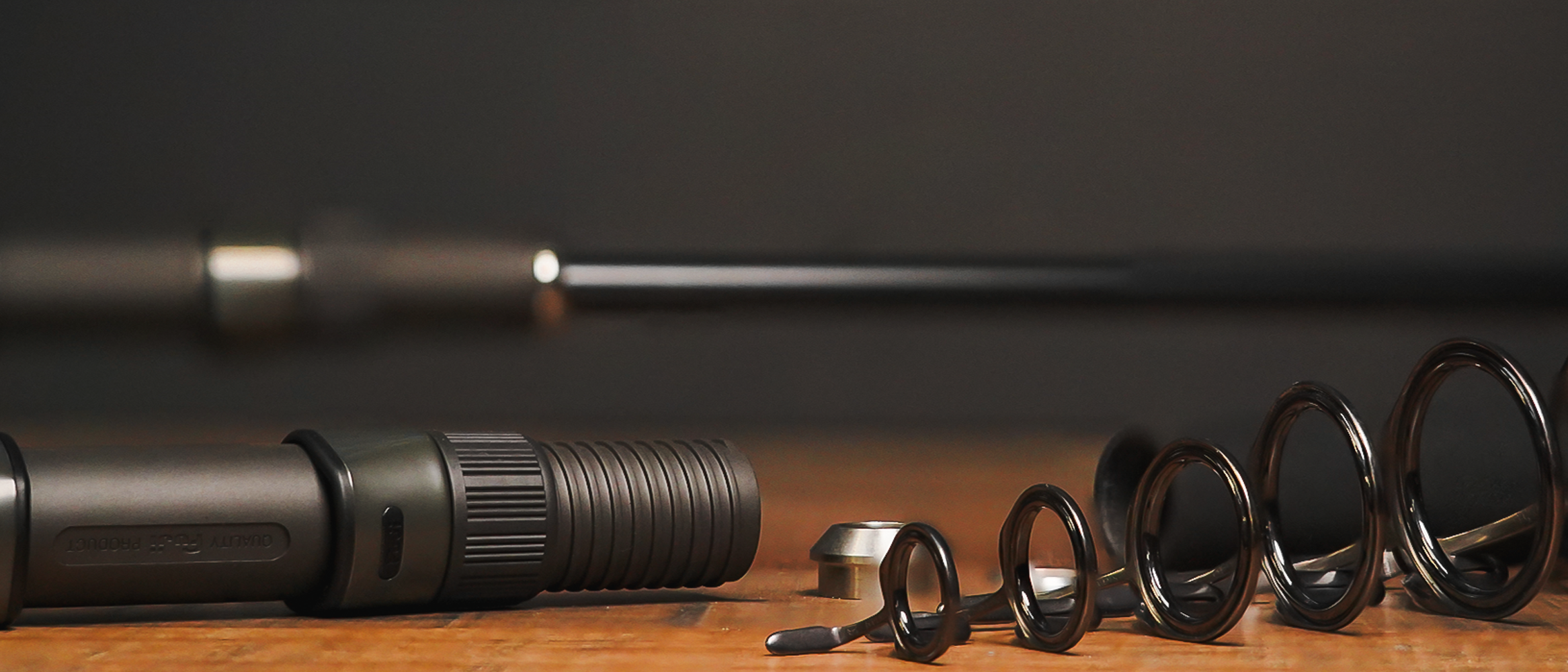
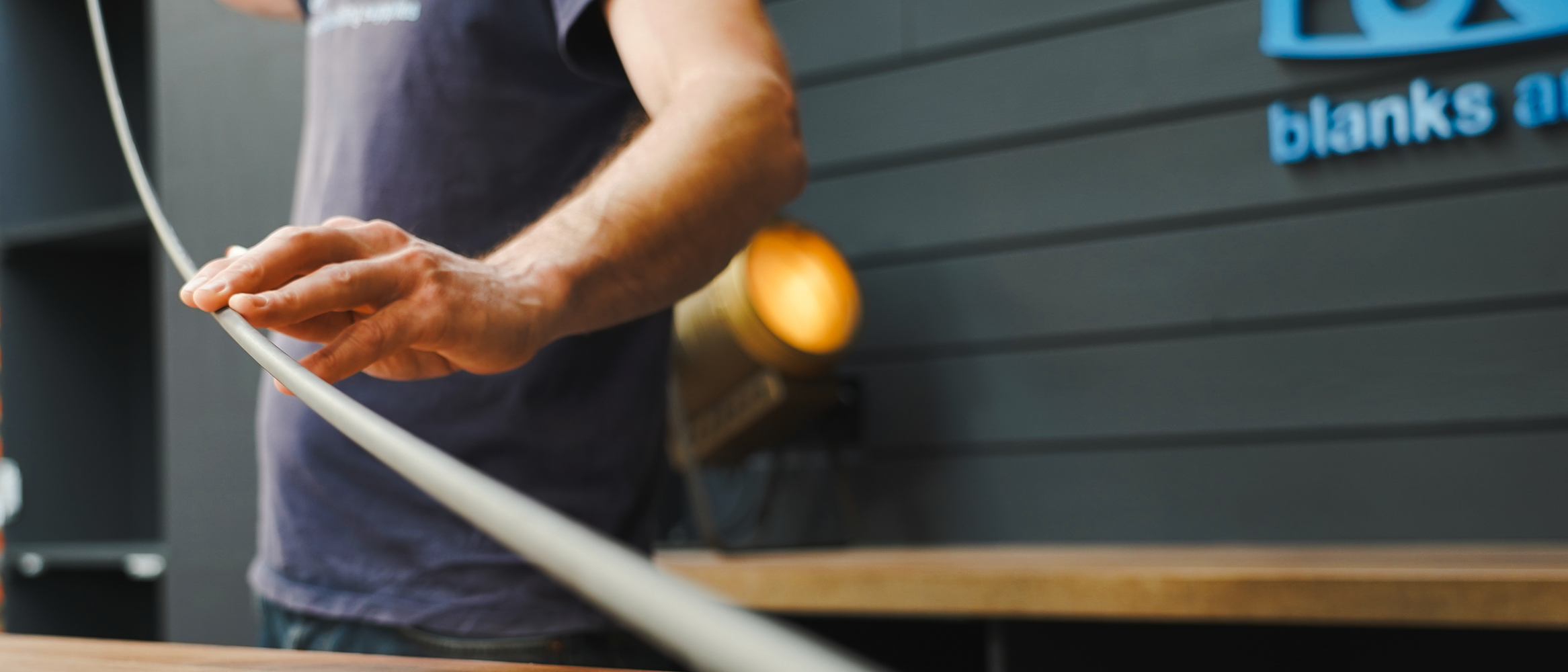
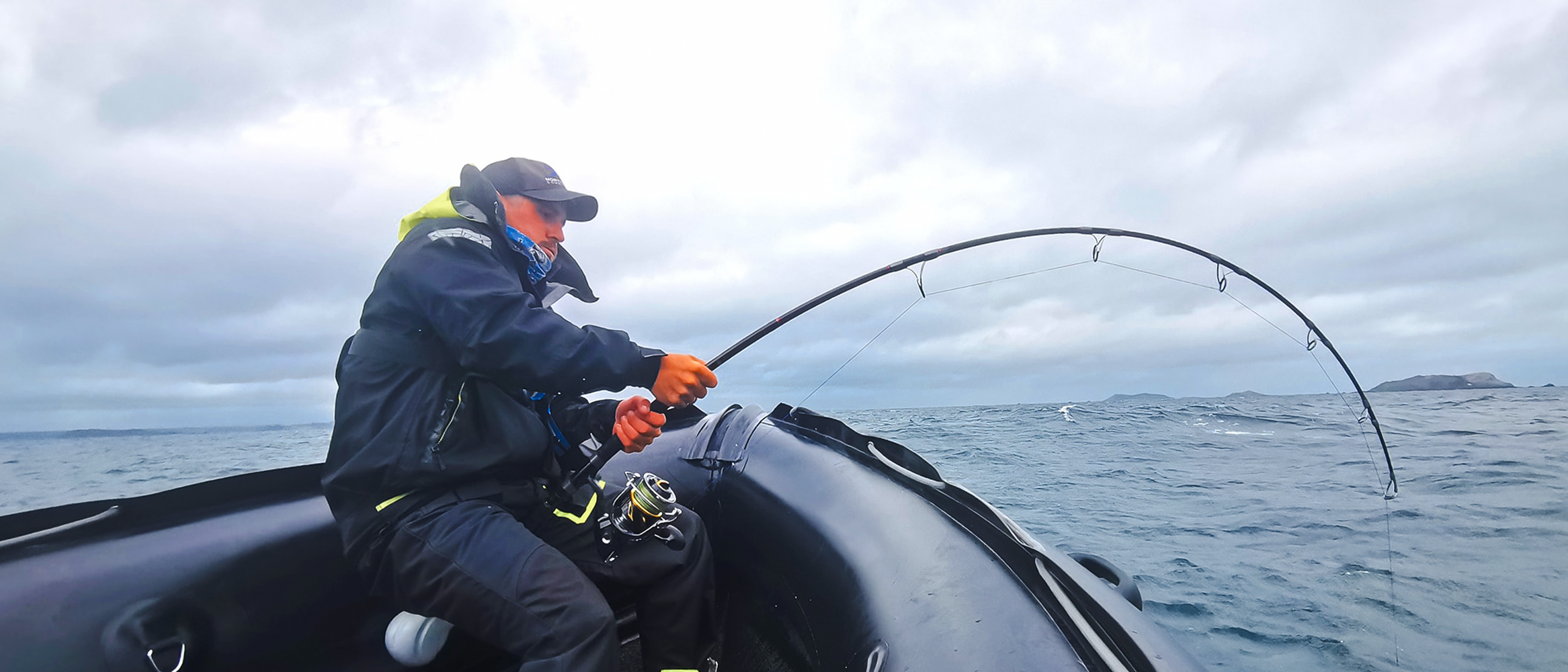
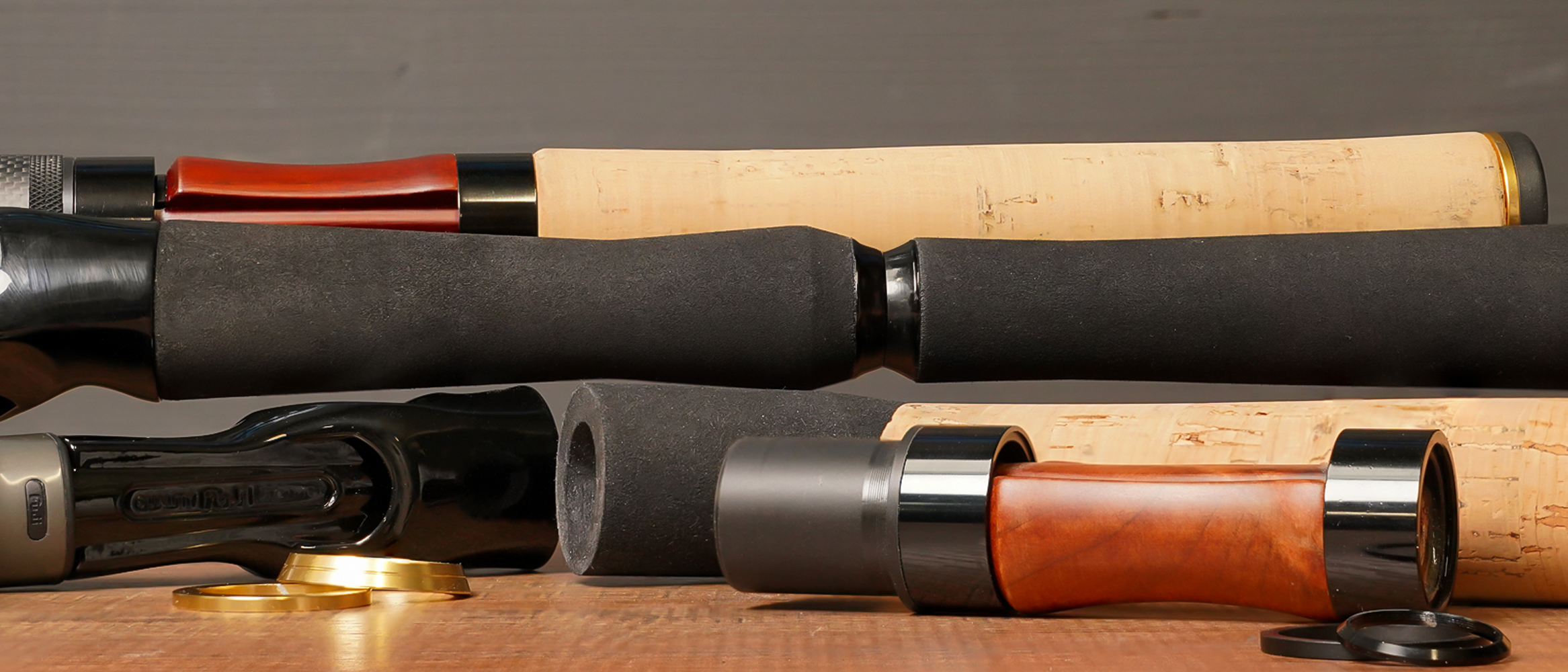
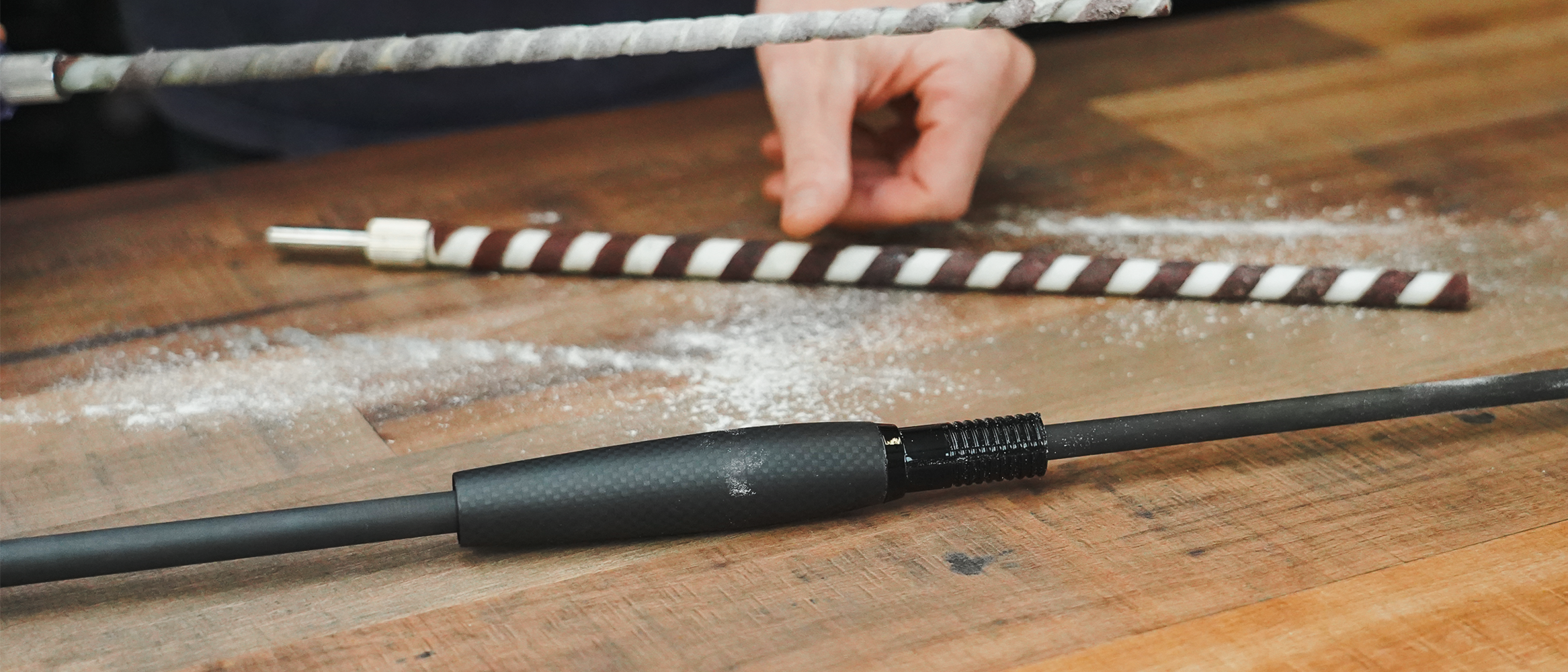
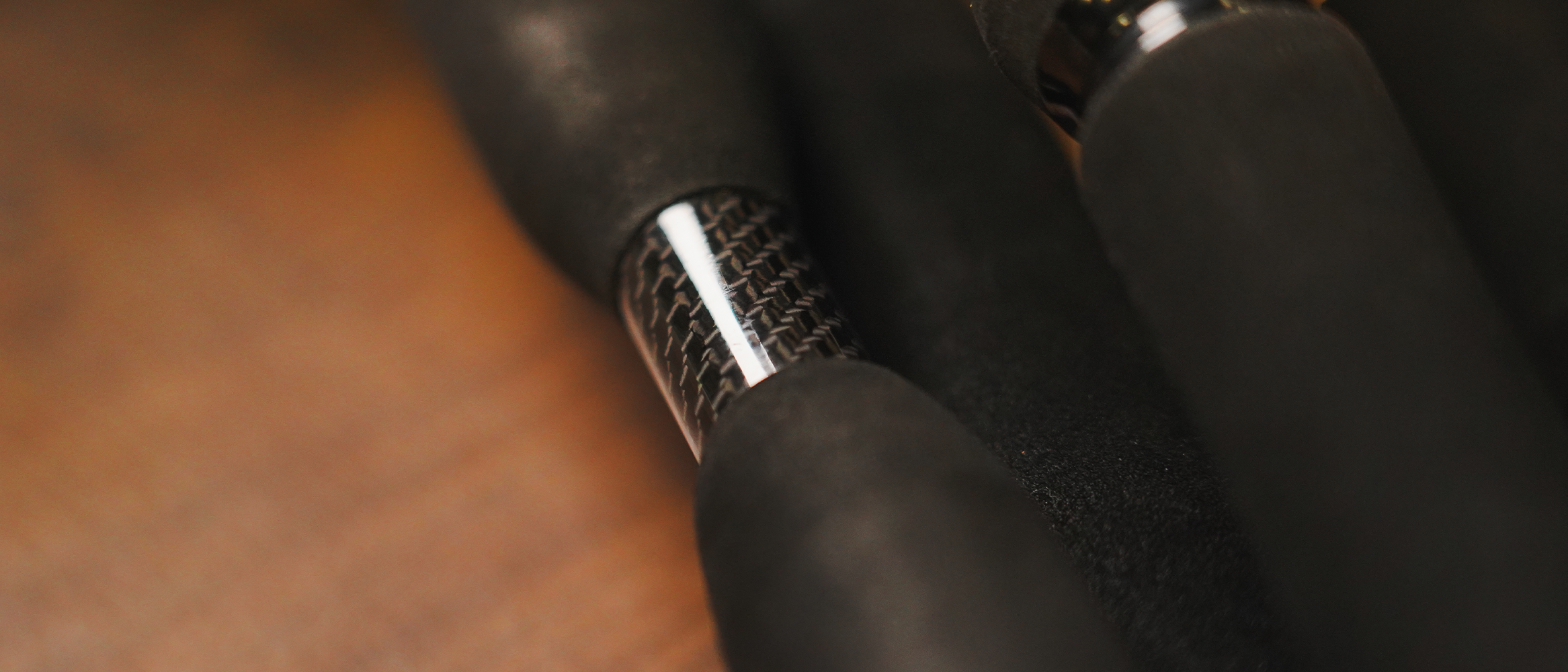
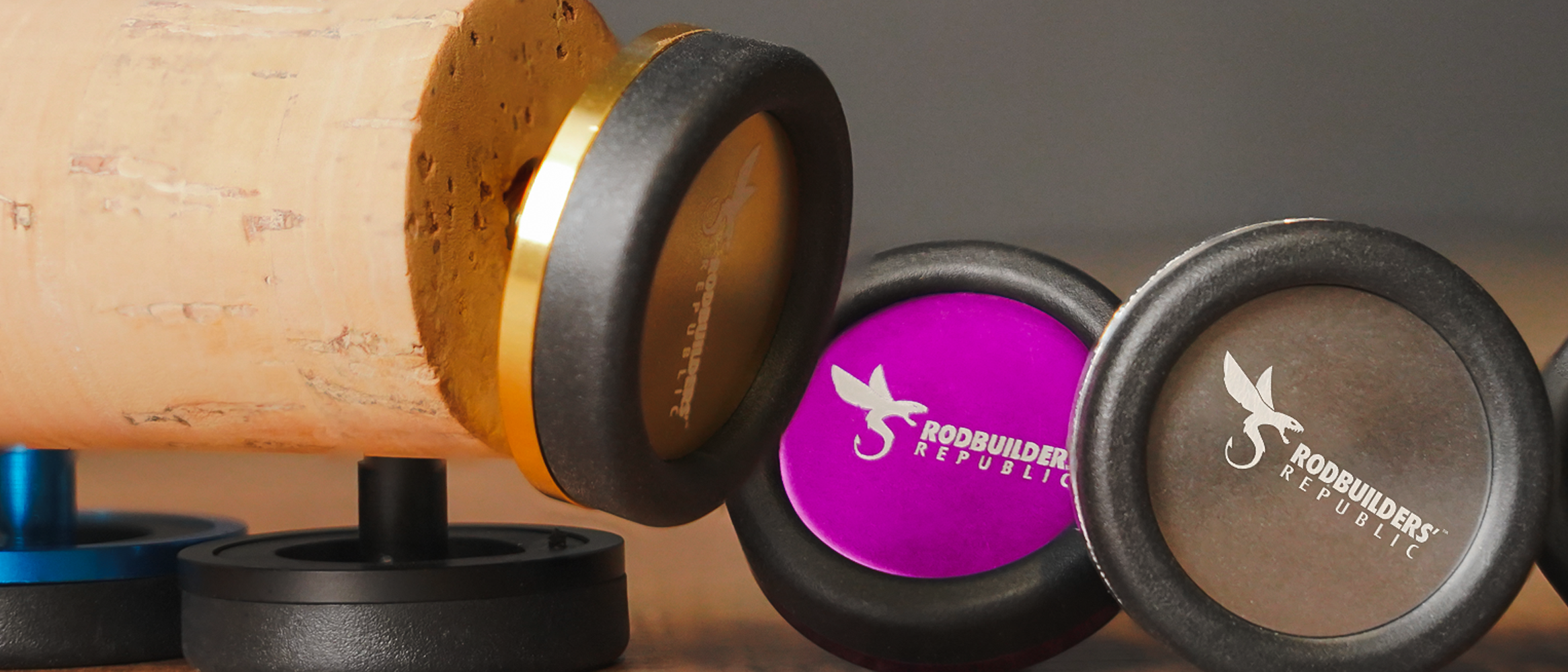
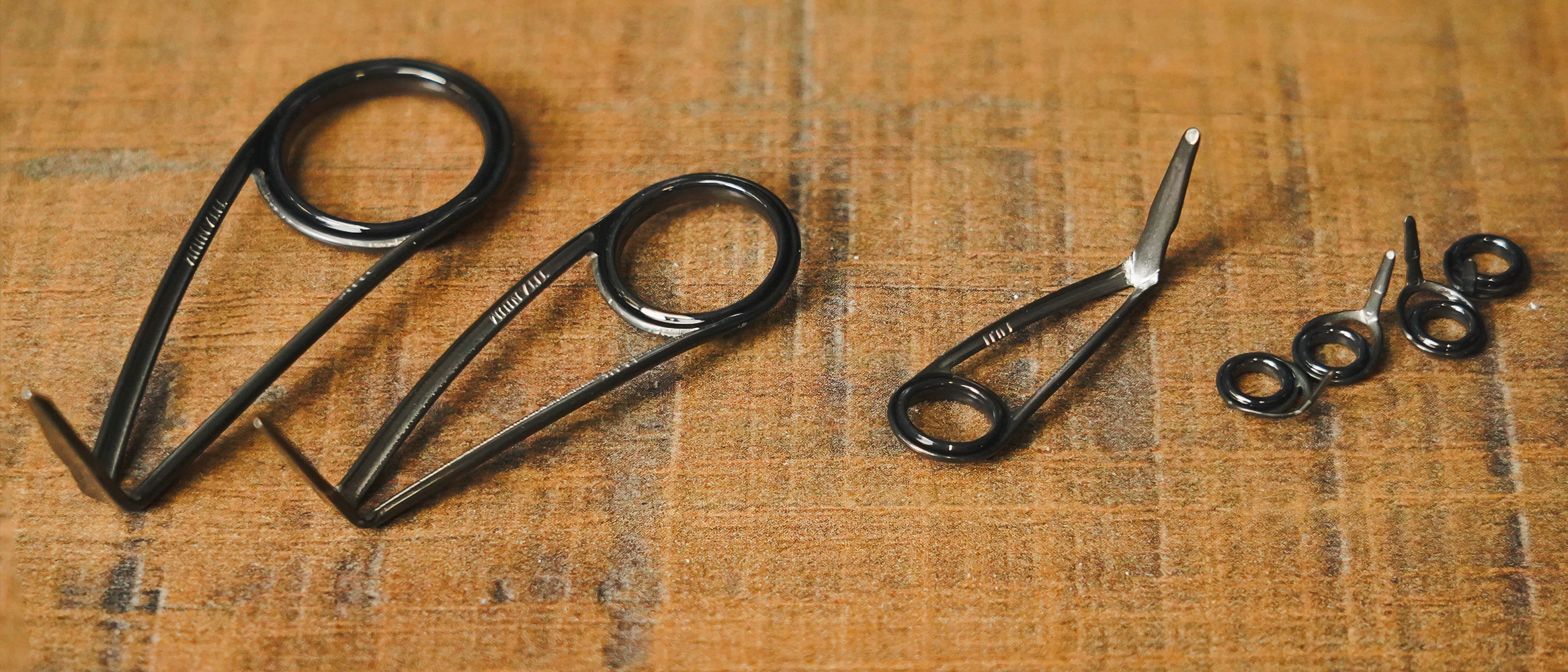
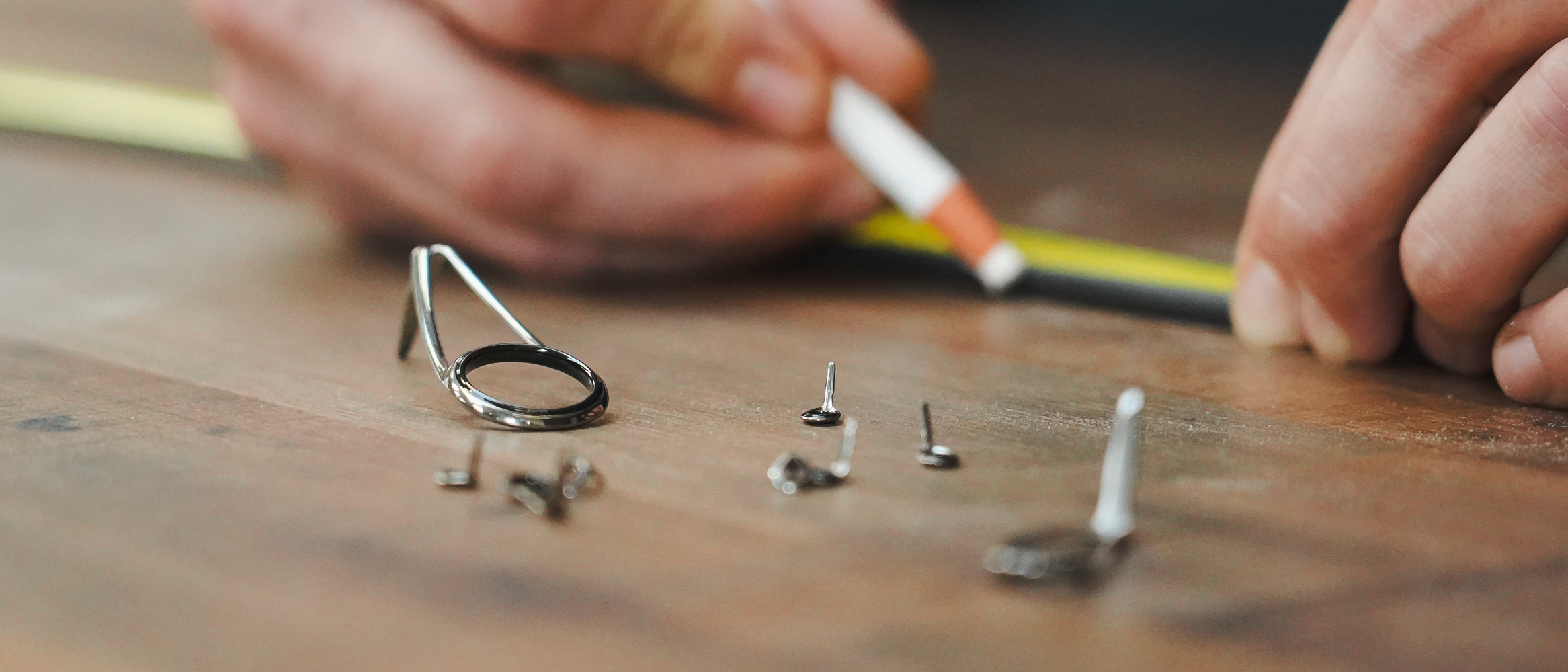
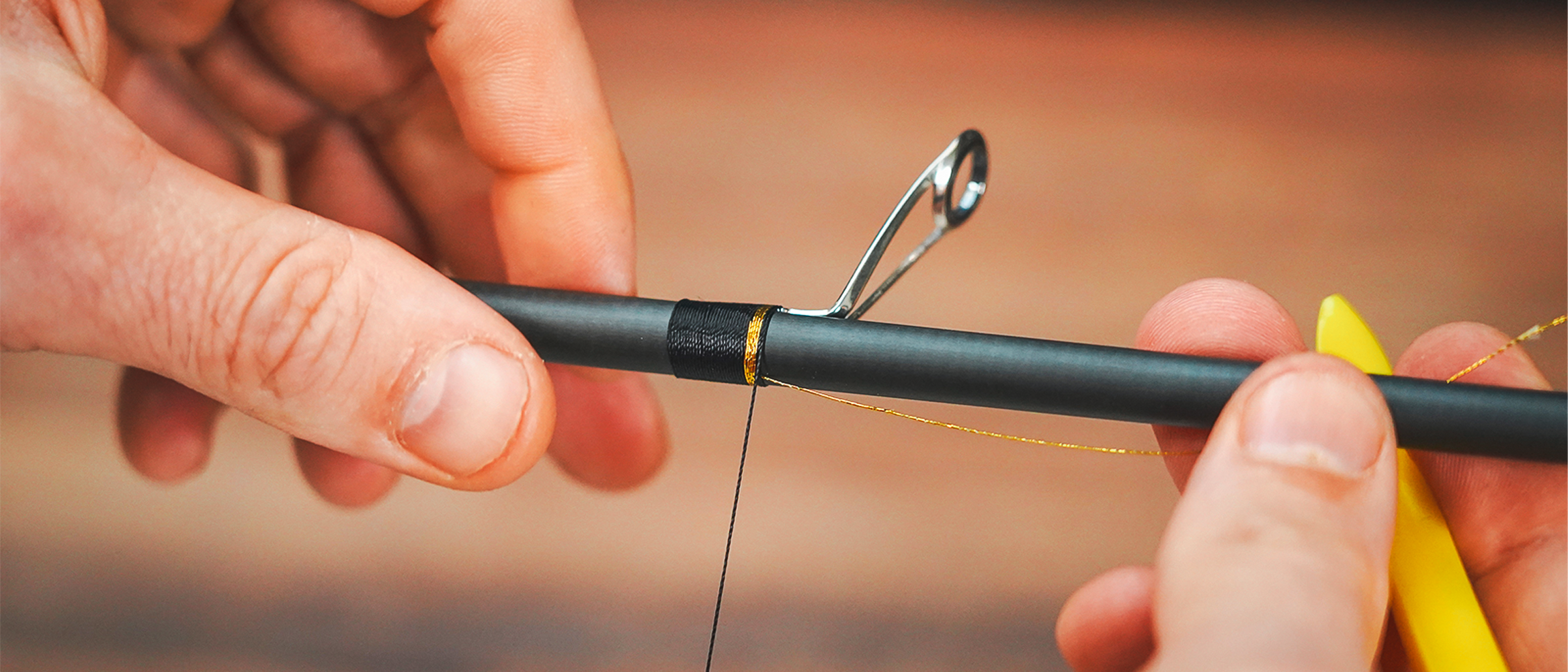
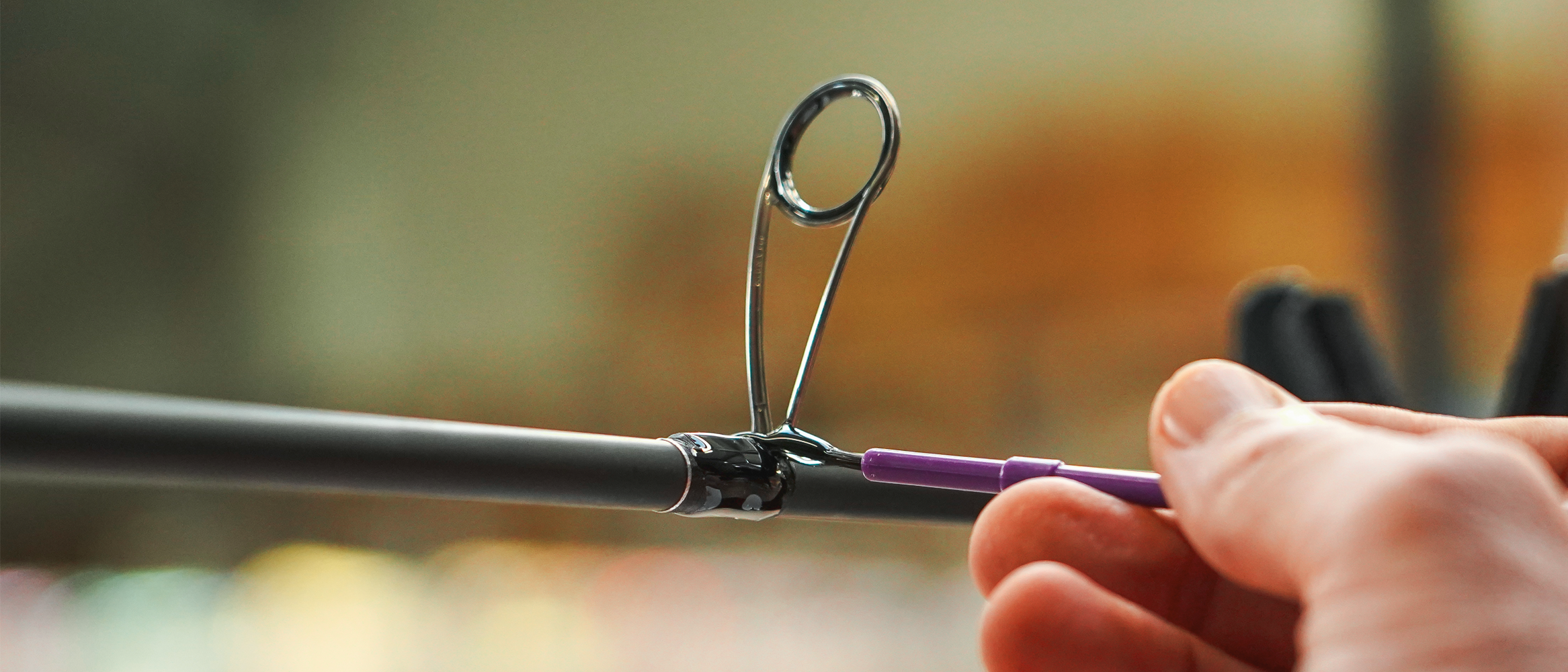
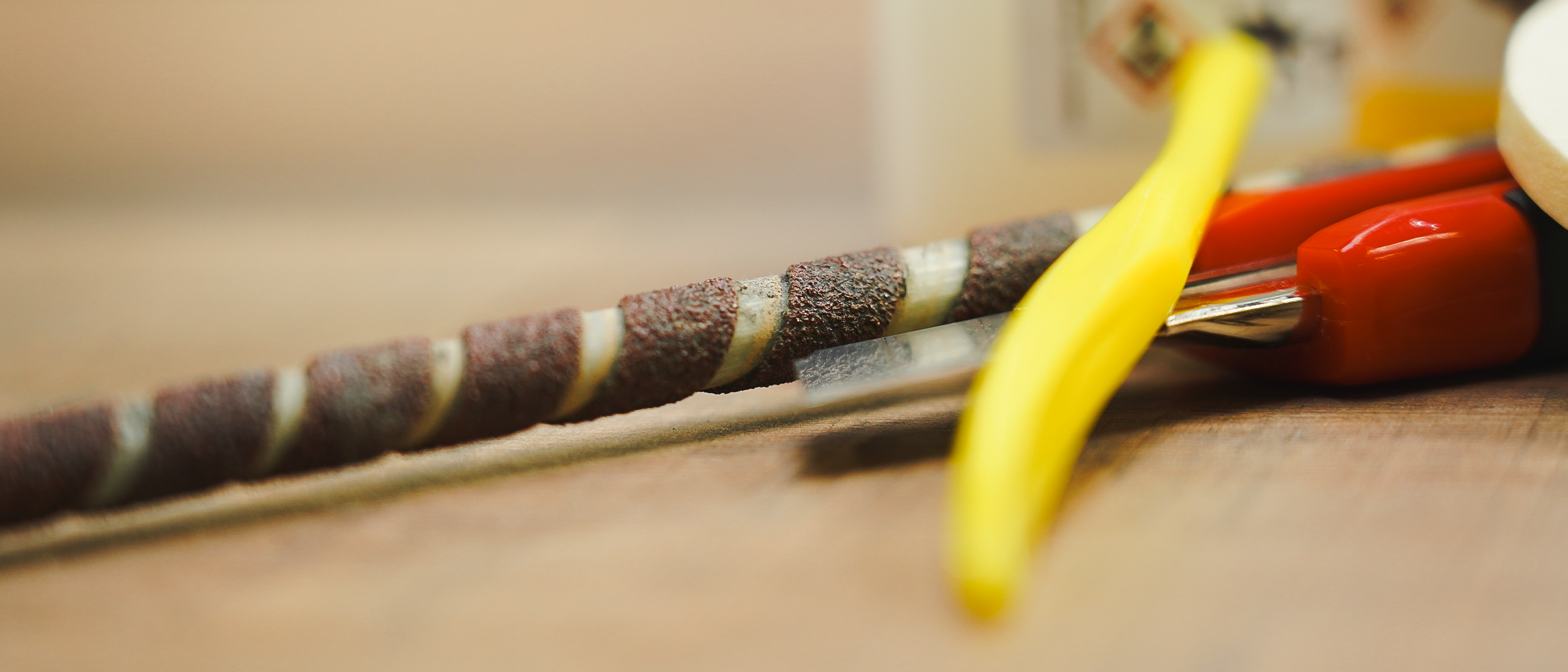
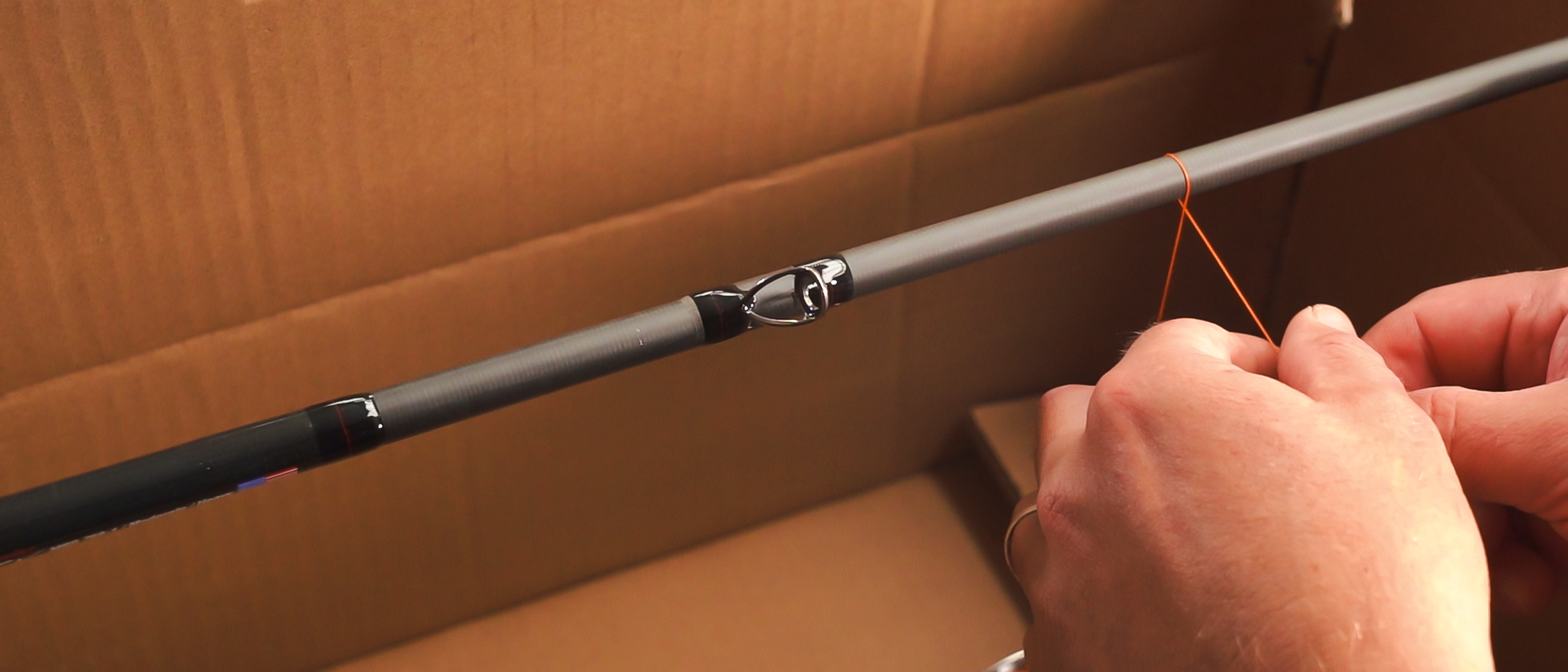
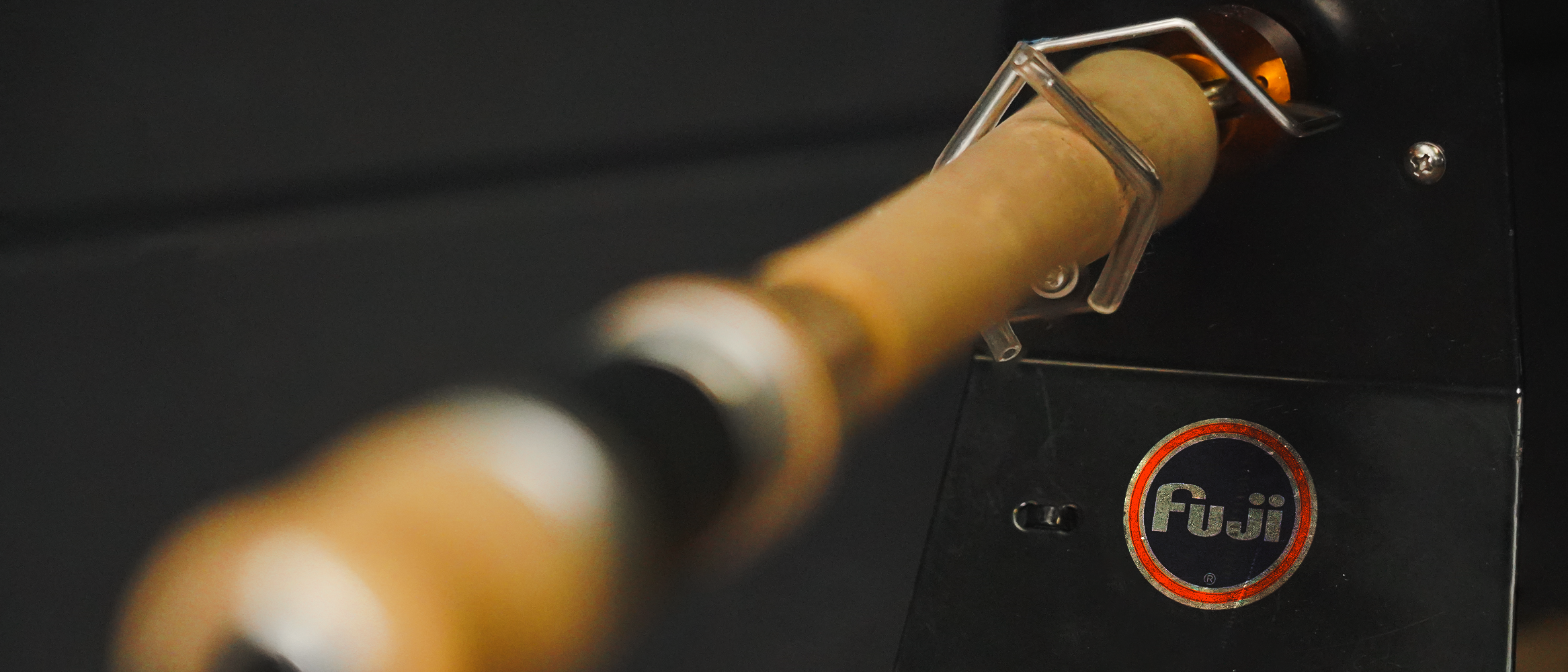
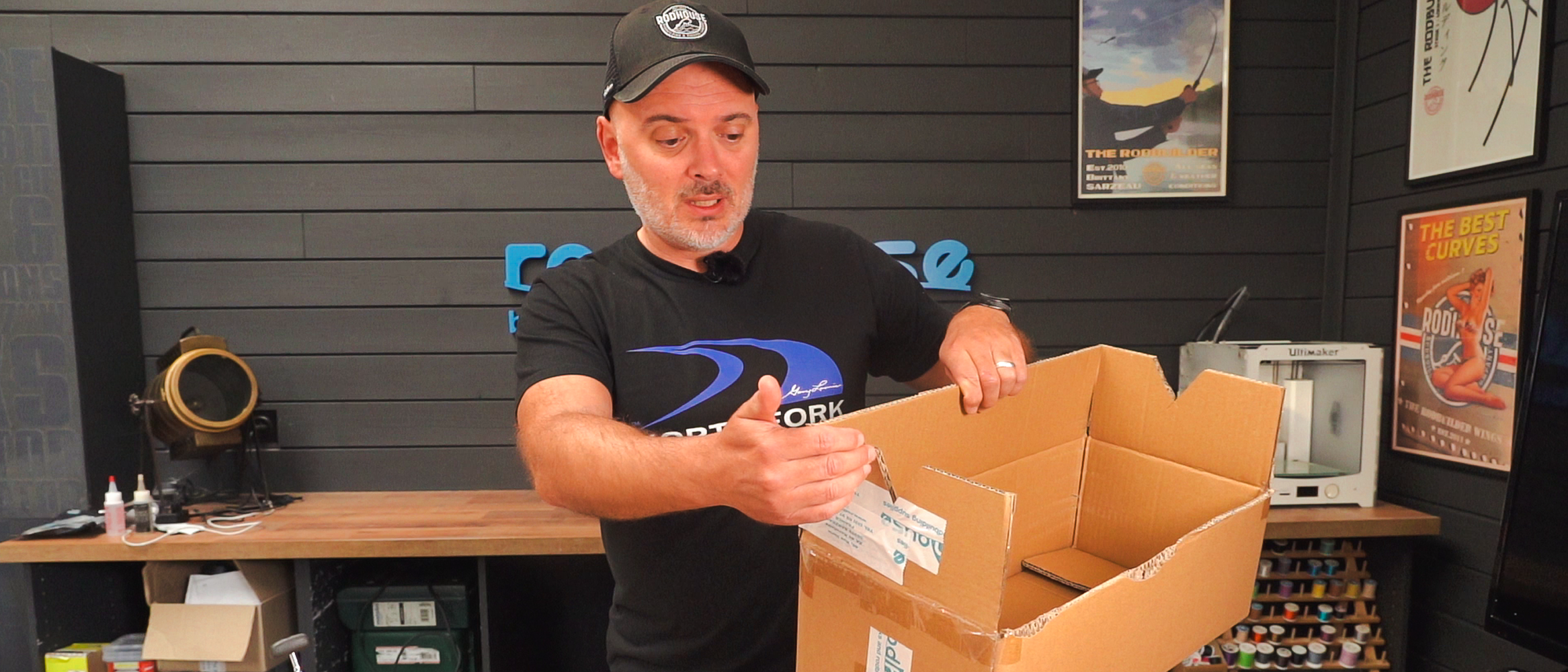
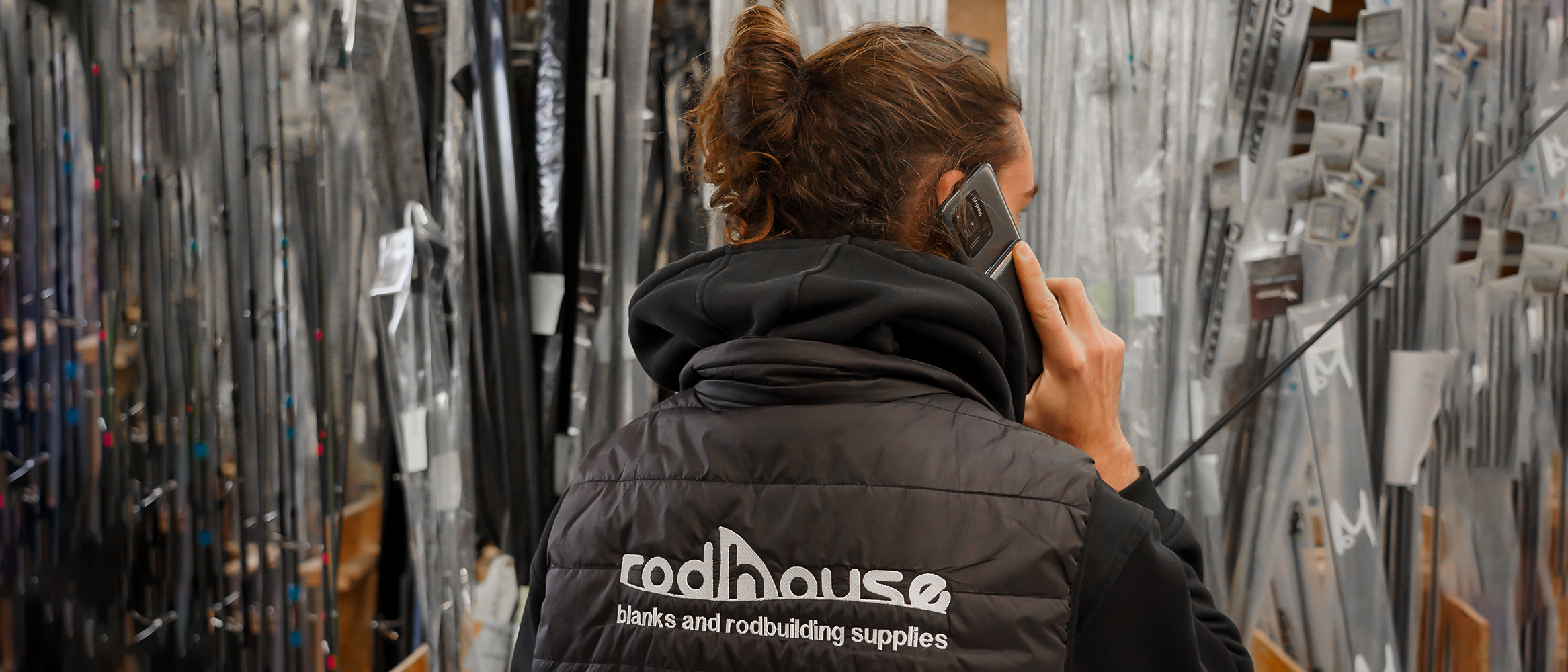
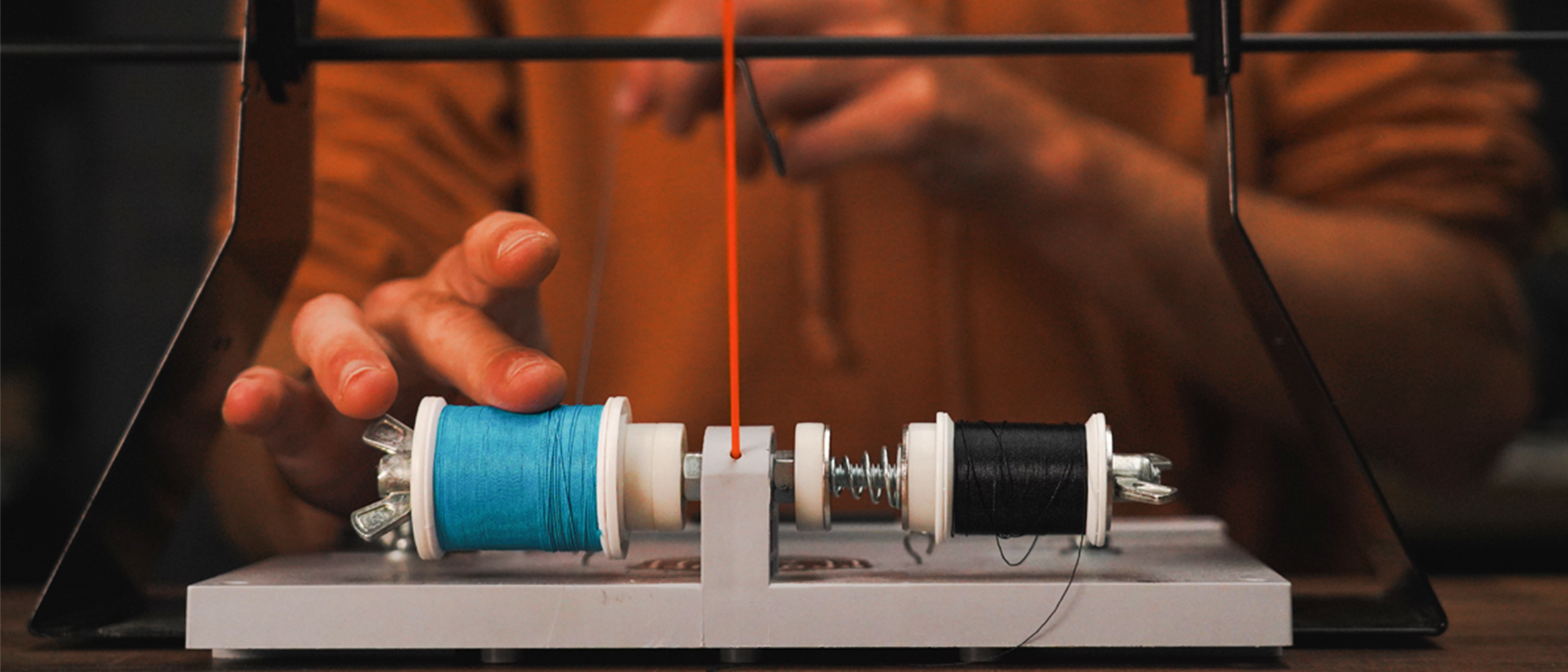
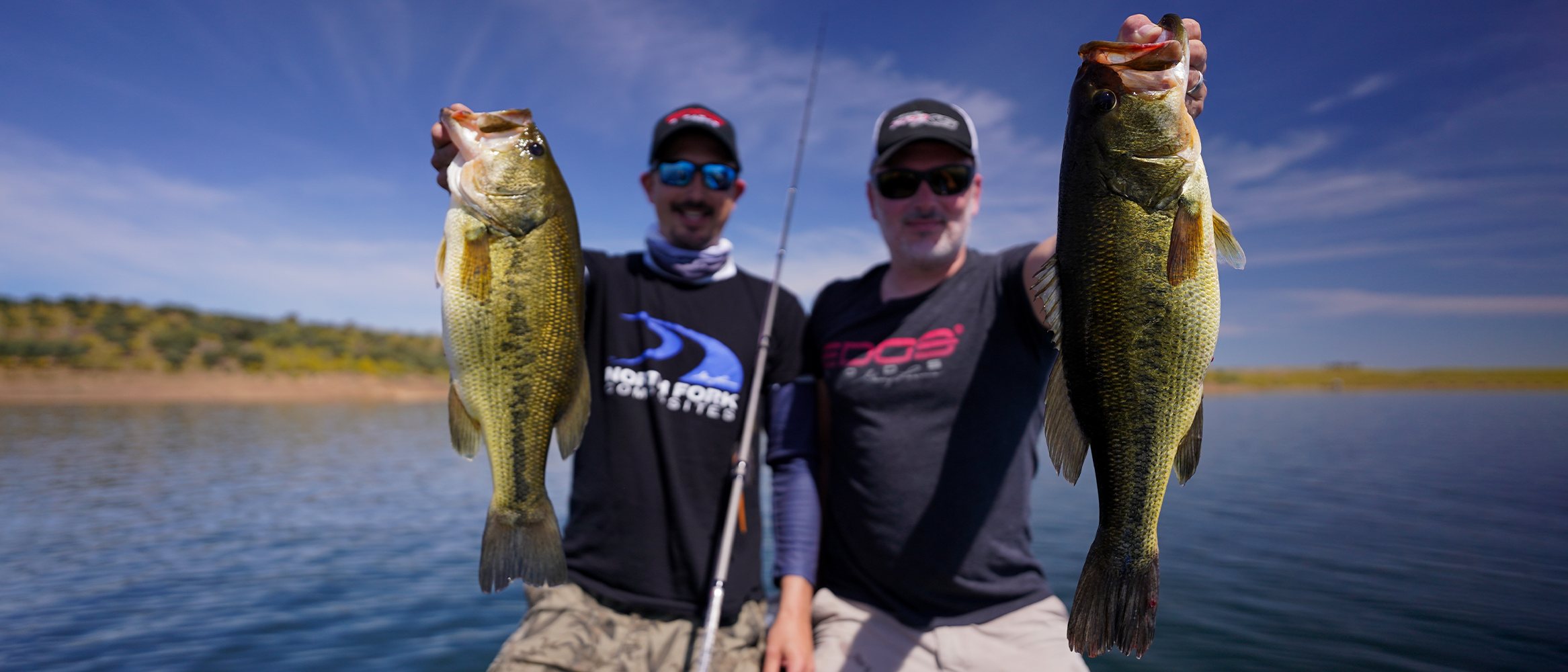
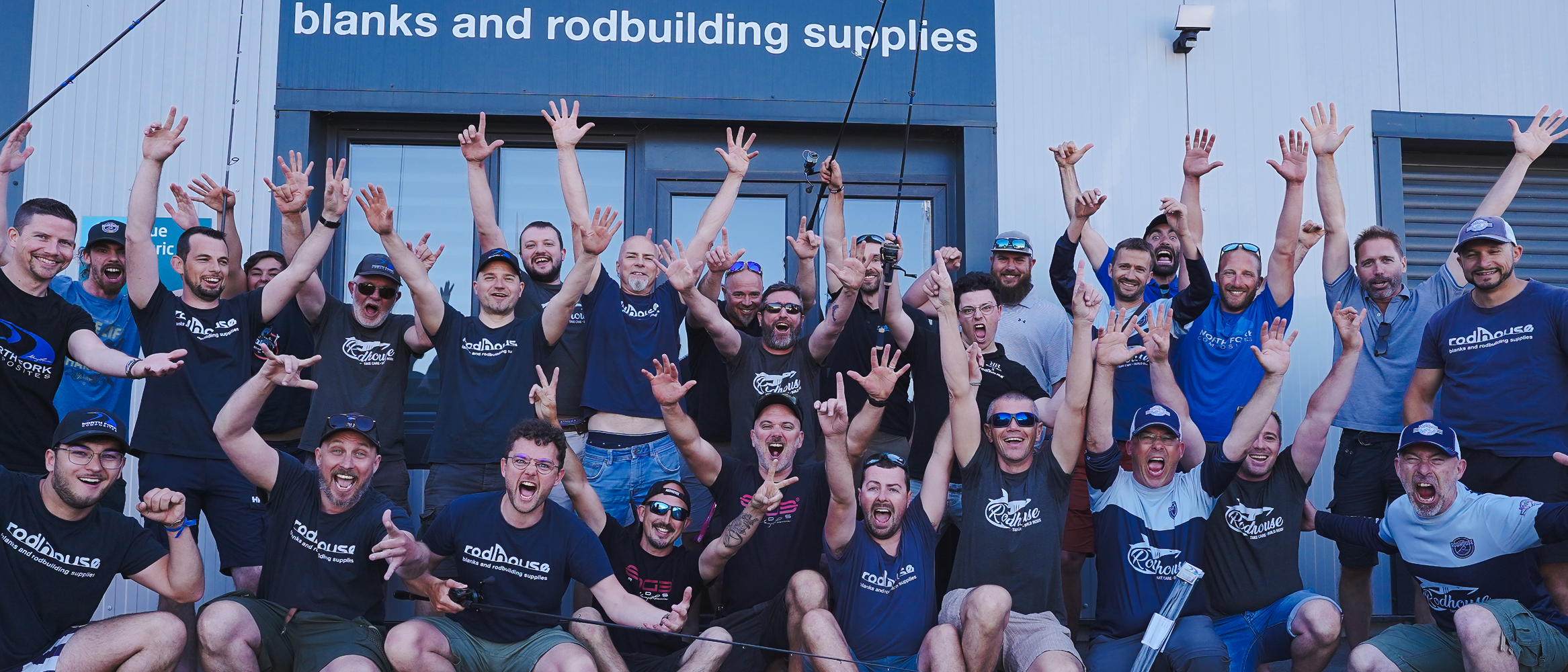
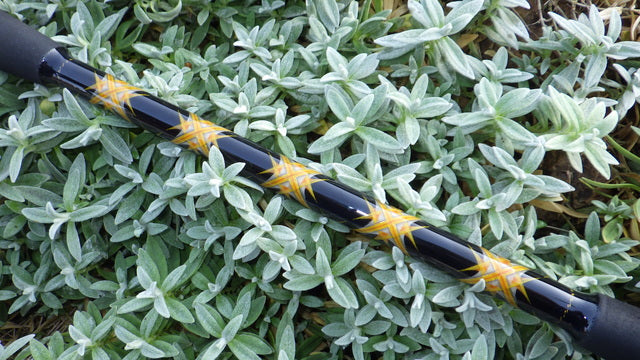
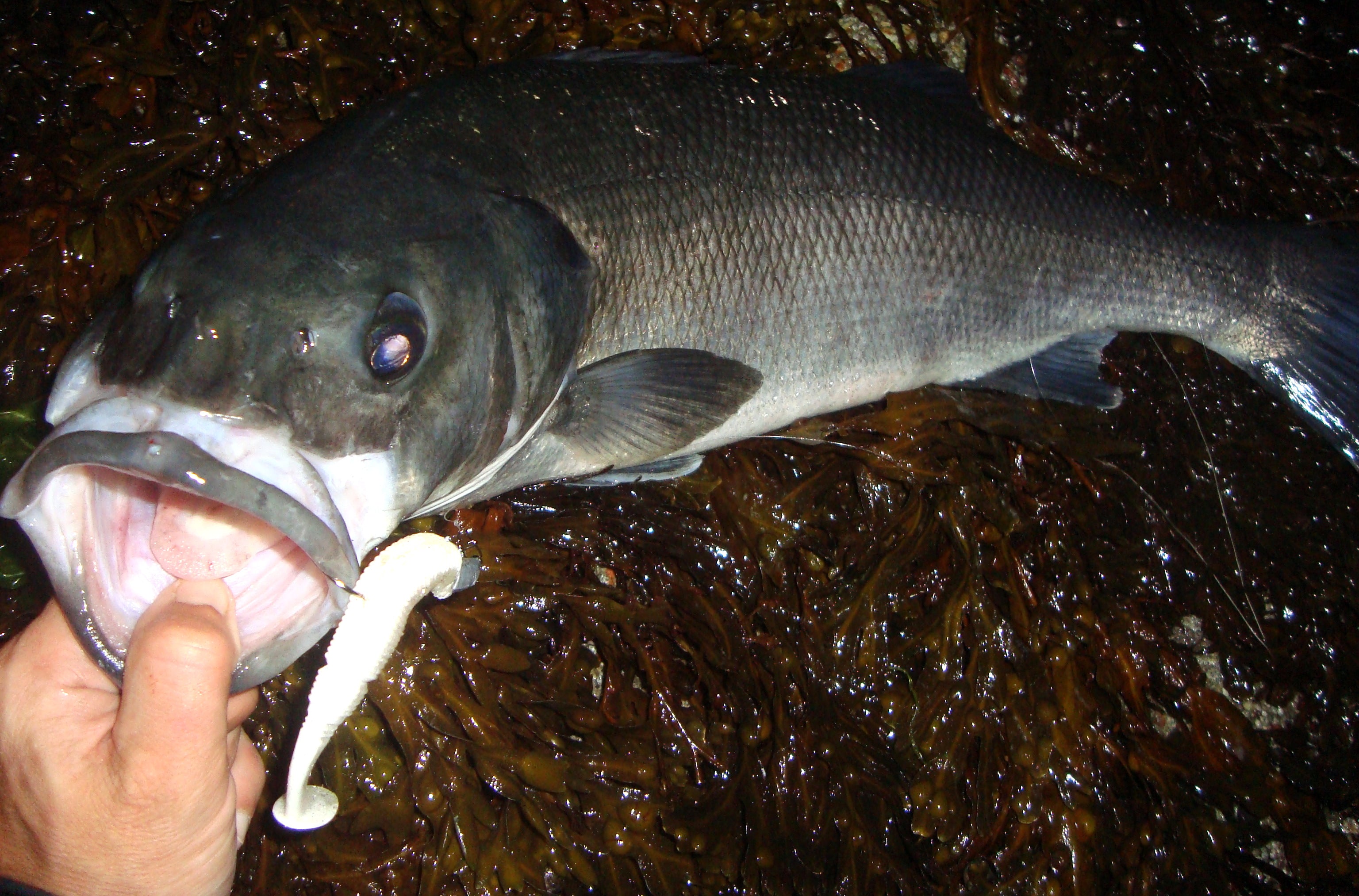
9 comments
PIERRE
Bonsoir
Suite à désistement j’ai une place du 10 au 21 octobre pour pêcher le Peacock au Brésil
J’ai vécu 5ans là bas
Semaine organisée par des amis pêcheurs brésiliens
J’y vais depuis 2001
Départ de barcelos
7 jours en bateau hôtel
La pêche se fait en binômes sur des barques Alu de 25cv + électrique
Guides connus par nous…
Rarement déçu ?
Renseignements au 0678986597
Réponse rapide pour trouver le vol pour Manaus
Tout le reste est déjà réservé
Anonymous
Bonjour et merci pour ce commentaire.
Je suis parti avec Kahlua Pesca. Ils fournissent le matériel si besoin mais je doute qu’ils proposent des formules de 3 jours. Le mieux c’est de les contacter directement.
Il y a aussi l’option avec un local mais difficile à organiser et obligation d’apporter son matos… Bon courage 😉
CASTIEL
bonjour !
super article !
je me posais une question !
je compte partir 1 semaine du coté de fortaleza en septembre pour faire du kite surf et je me dis que je prolongerai bien le séjour pour aller taquiner le peacock bass !
plusieurs questions :
– est il possible de trouver des formules pour uniquement 2/3 jours de peche?
– est il obligatoire de ramener son matériel ? ou bien certaines compagnies fournissent tout ?
merci ! et a bientot !
RAMON
Un documentaire passé sur Seasons ne m’a pas laissé indemne… si je ne fais qu’un voyage de pêche dans ma vie ce sera celui là. Merci pour l’article, très intéressant 🙂
ALAIN
Bonjour ,je suis Alain j’ai 27 ans je cherche un partenaire pour aller pêcher le peacok bass pour partager les frais et partager une passion ! J’aimerais h aller en janvier ! Contactez moi sur fb Alan doudounnet
Leave a comment
All comments are moderated before being published.
This site is protected by hCaptcha and the hCaptcha Privacy Policy and Terms of Service apply.